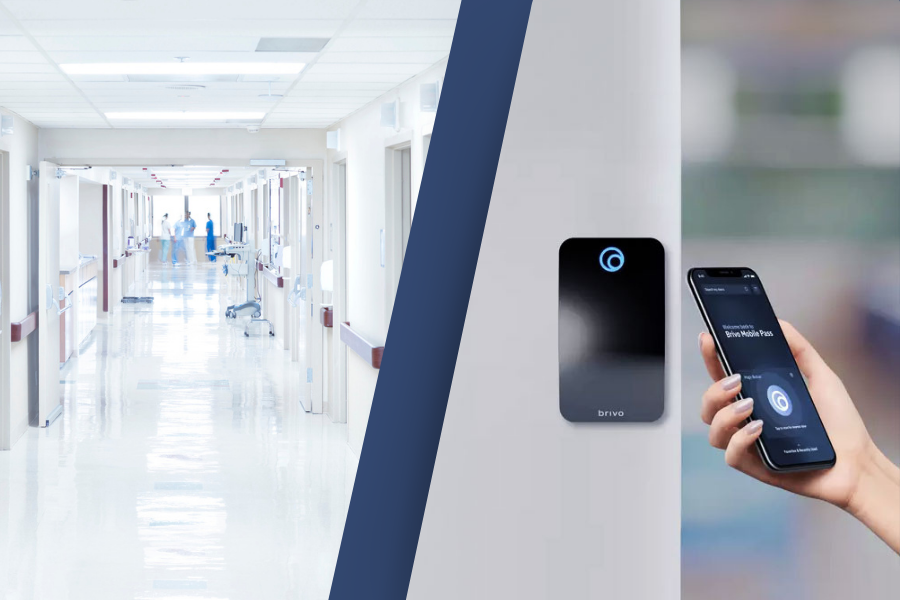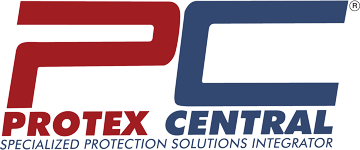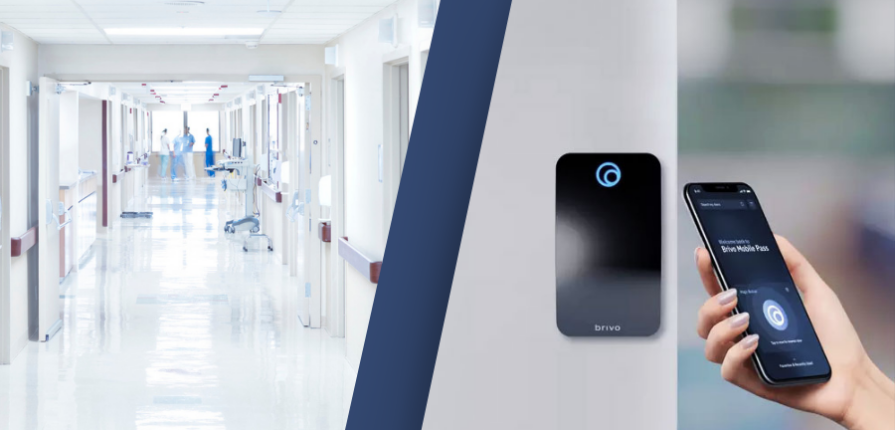
As a security company in Nebraska and Iowa specializing in security systems for healthcare facilities, we know that ensuring patient safety in healthcare settings is a multifaceted challenge. While emergency protocols and disaster recovery plans are essential, the daily reality for healthcare administrators and staff involves managing a host of immediate risks.
Among the most pressing are unauthorized entry, tailgating, loitering, and patient elopement. These issues are particularly acute in memory care, rehabilitation, and assisted living environments, where vulnerable populations require both freedom and protection. The real challenge is to create a secure environment that doesn’t compromise clinical care or patient dignity.
Understanding Elopement and Unauthorized Entry in Care Settings
Elopement, in the context of healthcare, occurs when a patient leaves a secured area without authorization or awareness, often placing themselves in significant danger. This risk is particularly high among individuals with cognitive impairments, such as those living with dementia, Alzheimer’s disease, or traumatic brain injuries. These patients may not recognize the risks associated with leaving the facility and can easily go unnoticed unless robust safeguards are in place.
Elopement incidents are not merely operational failures; they carry legal, ethical, and emotional consequences. Healthcare facilities are bound by both regulatory standards and moral obligations to protect their patients. The stakes are high, as a single incident can result in harm to a patient, legal liability for the organization, and lasting damage to the facility’s reputation.
Unauthorized entry presents a different but equally serious threat. Because hospitals and clinics must remain accessible to patients, staff, and visitors, they are inherently vulnerable to intrusions. Unmonitored access can expose sensitive areas to theft, violence, or breaches of privacy. A comprehensive security strategy must address both the risks of patients leaving without authorization and the dangers of outsiders gaining access to restricted spaces.
Access Control and Exit Management: The First Line of Defense
Modern access control systems form the backbone of healthcare security. These systems enable facilities to control who can enter, exit, and move through various areas, tailoring access based on roles, authorization levels, and even the time of day. For example, credential-based entry systems, which utilize cards, fobs, or biometric scanners, ensure that only authorized personnel can access sensitive areas, such as medication storage rooms, intensive care units, or records offices.
In patient wings, doors can be equipped with delayed egress mechanisms. These doors sound alarms and delay opening, providing staff with a critical window to intervene if a patient attempts to exit. At the same time, emergency release features ensure that doors unlock automatically during a fire or other crisis, maintaining compliance with life safety codes and enabling swift evacuation.
Role-based access extends beyond staff to include vendors, visitors, and patients themselves. For instance, a receptionist may have the ability to control lobby doors but not access to the pharmacy. Visitor management systems further enhance security by logging and time-restricting guest access, often linking digital badges to surveillance systems for real-time tracking throughout the facility.
Video Surveillance with Contextual Awareness
While surveillance cameras are common in healthcare environments, their true value is realized when integrated with access control and incident management systems. Cameras that are linked to access events-such as a door being forced open or a badge being used at an unusual hour-provide security teams with crucial context. This allows for identity verification during suspected tailgating incidents, thorough investigation of unauthorized entry attempts, and careful monitoring of patient movement near exits, especially for those at risk of elopement.
The addition of artificial intelligence to surveillance systems takes this a step further. AI can detect unusual behavior patterns and send instant alerts to staff, enabling rapid intervention before an incident escalates. This integration transforms security from a passive, after-the-fact measure into an active, context-aware system that supports both safety and care.
Automated Alerts and Real-Time Response
Immediate notification is essential when a patient at risk of elopement approaches an exit or when a security breach occurs. Modern systems can deliver alerts directly to staff smartphones, trigger localized alarms or strobe lights at the site of the incident, and display live video feeds on security consoles. These real-time notifications empower staff to respond quickly, reducing reliance on chance observation and minimizing the risk of harm.
Leveraging Data: Monitoring Trends and Incident Analysis
Access logs and surveillance footage are invaluable for identifying patterns such as recurring door breaches, frequent loitering, or delayed staff responses. By analyzing this data, administrators can refine staff training, adjust schedules, and update procedures to address vulnerabilities proactively. Advanced dashboards and analytics tools turn raw data into actionable insights, supporting compliance efforts and ongoing operational improvement.
Integration with Emergency Protocols
Security systems must work hand-in-hand with clinical emergency protocols. In the event of a fire, severe weather, or external threat, access control, surveillance, and alerting systems must coordinate seamlessly with evacuation and lockdown procedures. Integrated platforms enable automated door releases for evacuation, remote lockdowns to contain threats, and pre-programmed safe pathways for staff and patients. This level of coordination is critical for regulatory compliance and ensures that security measures support, rather than hinder, emergency response.
Reducing Liability and Enhancing Trust
While reducing liability is a key benefit of security upgrades, the broader goal is to foster trust among patients, families, and staff. Integrated security systems provide consistency, traceability, and peace of mind. They streamline compliance with regulatory standards and prepare facilities for audits and inspections. Most importantly, they support a culture of safety that is woven into the fabric of care.
Best Practices for Elopement Prevention
A comprehensive approach to elopement prevention includes risk assessments on admission and throughout a patient’s stay, individualized care plans for at-risk patients, environmental safeguards such as door and bed alarms, and regular staff training and drills. Clear communication protocols ensure rapid notification and response when an elopement occurs, involving law enforcement when necessary.
The Future: Integrated, Compassionate Security
Healthcare security is evolving rapidly. Integrated platforms now combine access control, AI-powered surveillance, real-time alerts, and data analytics in a single, scalable ecosystem. These solutions are designed to work with existing infrastructure, minimizing disruption while maximizing safety. As threats evolve, so too must the tools and strategies used to counter them.
Aligning Safety and Compassion
Patient security in healthcare is not a one-size-fits-all proposition. It requires a layered, integrated approach that balances vigilance with compassion. By investing in intelligent, context-aware security solutions, healthcare facilities can protect their most vulnerable patients while upholding the dignity and quality of care that every individual deserves.
Fire and Security Systems in Nebraska and Iowa
Protex Central specializes in designing and implementing integrated security solutions for healthcare environments. From access control to video surveillance, our systems help prevent unauthorized entry and elopement-while supporting safe, dignified care. To learn more about how we can help your facility, visit ProtexCentral.org or contact our team today.



Leave a Reply
You must be logged in to post a comment.